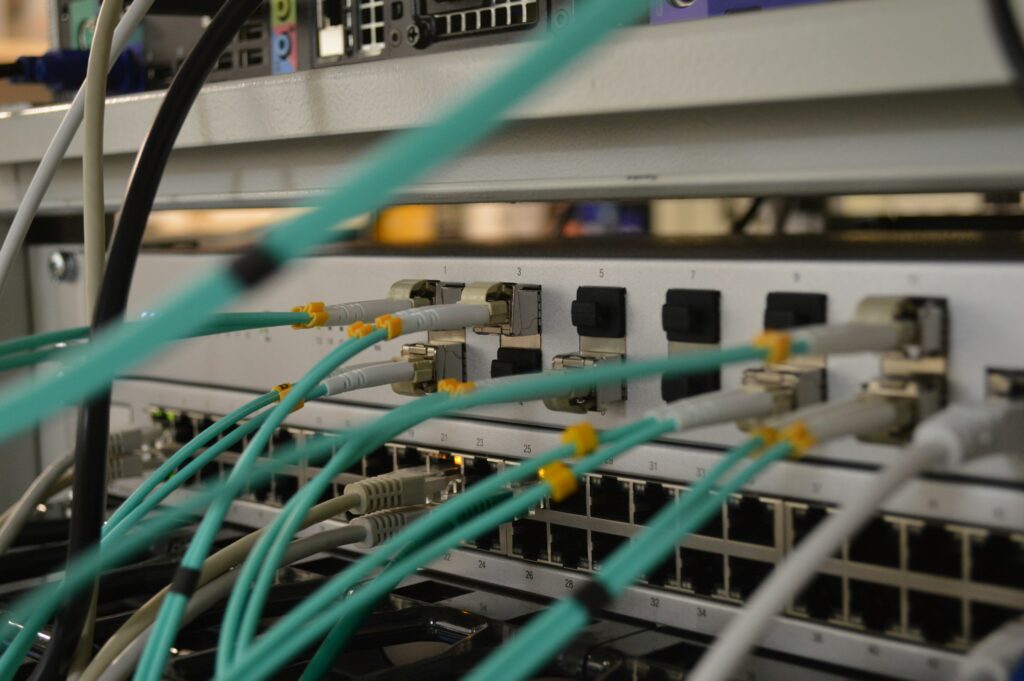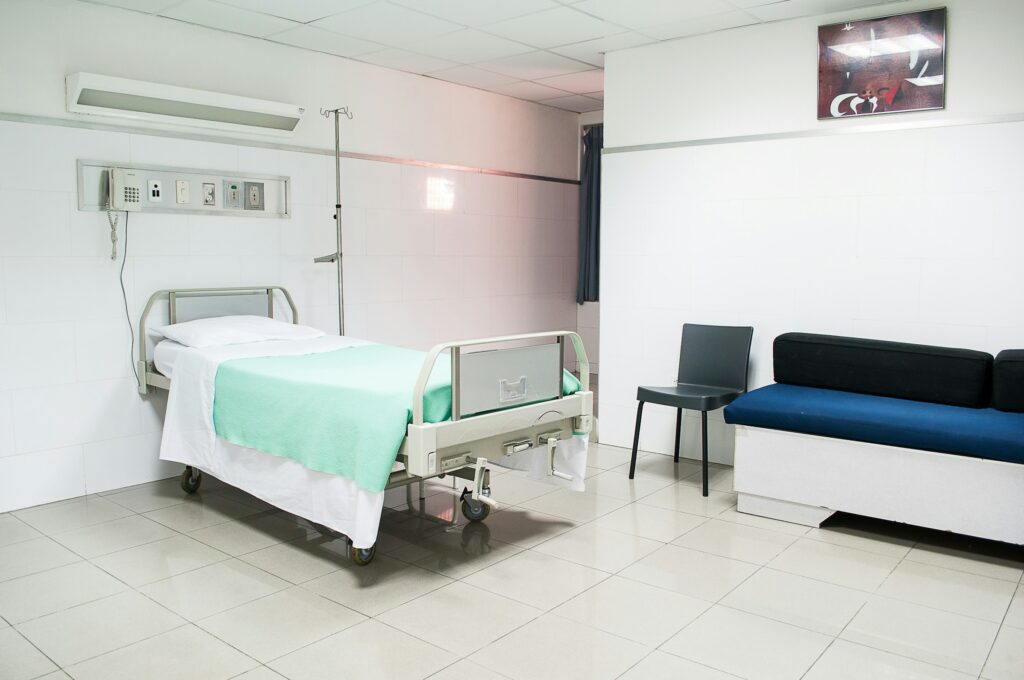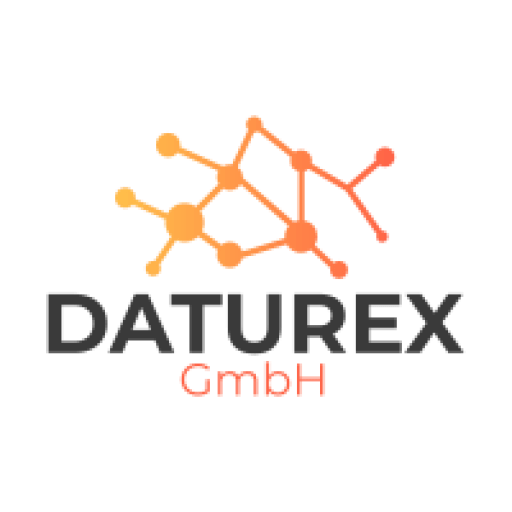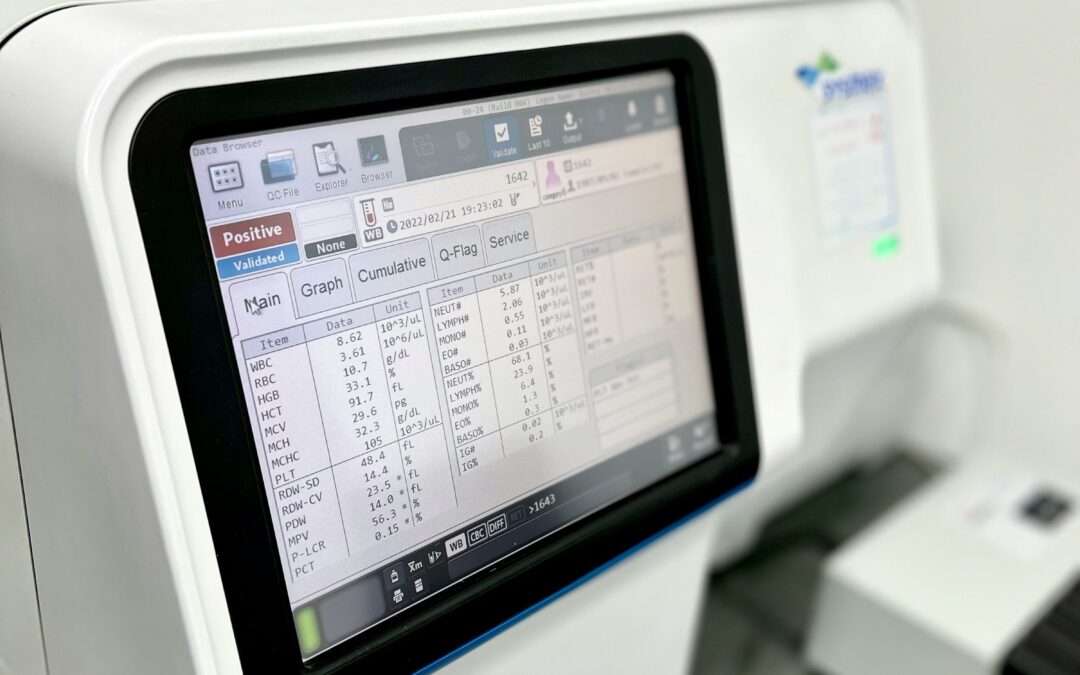Digital healthcare is supposed to bring more convenience and efficiency. But the Electronic patient file (ePA) is currently being heavily criticized. Despite modern technologies and high standards, experts are reporting questionable gaps in the system.
According to studies, even basic Data how card numbers are transmitted unprotected. Practical examples also show that devices in Medical practices or with Insured persons could be easily manipulated. These vulnerabilities not only jeopardize privacy, but also trust in digitalization.
Many people ask themselves: Why are there these problems despite years of testing? One reason lies in the central storage of sensitive information. The more Accesses possible, the higher the risk of misuse. Comparable pilot projects abroad show that decentralized solutions are often more secure.
Initial proposals for improvements are already on the table. They range from encrypted backup systems to stricter controls for Health insurance companies. But until these are implemented, the Electronic patient file an unsafe experiment.
The most important facts at a glance
- Critical security gaps despite official certifications
- Unencrypted transmission of personal health data
- Central storage increases the risk of data leaks
- Comparison with international models shows possible solutions
- Immediate need for action by providers and politicians
Introduction to the electronic patient file
The development of the electronic patient file marks a milestone in German healthcare policy. It functions as a digital file that can be stored for life. Medical data such as medical findings, vaccinations or X-rays. Insured persons can use apps to decide for themselves which Information on release them - a flexible system for more transparency.
Explanation of terms and function
The electronic patient file (ePA) collects Health data of medical practices, hospitals or physiotherapists. Each entry is updated automatically so that those treating patients can always see the current status. "The system saves duplicate examinations and promotes collaboration between specialists," explains a health insurance company representative.
History and introduction in Germany
The first pilot projects started in 2021, after the Legislator had created the basis for this. Unlike in other countries, Germany relies on voluntary use: patients can object at any time. Especially families with Children benefit, as vaccinations or allergy data can be accessed centrally.
Today, over 90% of medical practices integrate the ePA into their processes. Technically, it is based on the telematics infrastructure - a protected network for Health data. This step shows: Digitalization is becoming a bridge between patients and medical care.
Background and legal framework
In order to strengthen the trustworthiness of digital health services, the legislator is setting clear rules. These are intended to Data protection and technical reliability. A network of laws and guidelines determines who can access which data - and under what conditions.
Legal requirements and data protection regulations
The Federal Office for Information Security (BSI) monitors the technical standards of the ePA. It regularly checks whether the storage and transmission of health data meets the requirements. "Every change to the system must meet high protection requirements," emphasizes a spokesperson for the authority.
Health insurance companies act as intermediaries between patients and the digital system. They must ensure that only authorized persons can view data. At the same time, they inform Insured persons about their rights - such as the Contradiction against the use of the file.
Despite these measures Risks exist. Experts are calling for stricter penalties for violations and regular audits. A comparison with countries such as Denmark shows: Decentralized systems with local data storage could reduce security gaps.
The current legal situation already provides for adjustments. New encryption technologies are to be introduced by 2025. This step could strengthen trust in digital solutions in the long term.
E-patient file security - challenges and risks
The digital patient file promises progress - but things are bubbling under the surface. For months, IT experts and researchers have been reporting questionable Weak pointsthat make the system vulnerable. These loopholes not only affect technical details, but ultimately jeopardize the privacy of millions of users.
Security gaps and previous criticism
According to the Chaos Computer Club, the current infrastructure Simple attacks to sensitive data. Unencrypted card numbers or manipulated practice devices open the door to hackers. "Even with basic IT knowledge, healthcare data can be accessed," warns a member of the organization.
Studies by the Fraunhofer Institute confirm that even counterfeit Identity cards could force access to central data storage. This risk particularly affects patients with chronic illnesses whose data is stored long-term. Doctors also fear reputational damage in the event of data leaks.
Despite encrypted transmission, critical points remain unresolved. The Research criticizes the fact that security updates are often implemented too late. One example: New access protocols were only retrofitted after media reports.
If you want to protect your data, you can currently only use the Contradiction use. However, many citizens are unaware of this step - an information deficit that urgently needs to be rectified. Until then, the question remains: how much trust is digital medicine really justified?
Technical aspects and identified security gaps
The telematics infrastructure is supposed to guarantee security, but has critical gaps. This closed network connects Medical practiceshospitals and pharmacies via special routers. Encryption and shielded servers form the technical basis - but even these layers of protection do not fully convince experts.
Weak points in the system design
Tests of the Chaos Computer Clubs revealed: Attackers could use manipulated devices to gain access to sensitive Data can be accessed. "Outdated software in practices already allows access to the entire network," explains a spokesperson for the organization. These risks arise because many doctors do not replace IT equipment for years.
International comparison of the security architecture
Other countries rely on decentralized storage. In Denmark, health data remains local - only encrypted extracts are shared if necessary. This method significantly reduces attack surfaces.
| Country | Storage model | Encryption | Access control |
|---|---|---|---|
| Germany | Central | End-to-end | Health insurance ID |
| Estonia | Blockchain | Two-factor | E-Residency Card |
| Canada | Hybrid | AES-256 | Biometrics |
Researchers suggest: A combination of hardware updates and stricter certifications could reduce the Infrastructure stabilize. The first pilot projects are already testing blockchain technologies for the Electronic patient file. Until then, digital healthcare remains a balancing act between innovation and the need for protection.
Data protection and potential threats in the healthcare sector
Health data is more than just information - it tells the most intimate stories of our lives. Their misuse could Discrimination in the workplace or with insurance companies. A misinterpreted laboratory value or a psychiatric diagnosis becomes a lifelong mortgage in digital systems.
Why is this protection so important? Doctors and Doctors document details on a daily basis that often remain hidden even from relatives. "Central storage systems turn confidential conversations into vulnerable data records," warns an ethics expert at Charité. This breach of trust jeopardizes the relationship between Patients and medical staff.
For People with rare diseases or HIV infections, data leaks can threaten their existence. Practice software with outdated access rights or unencrypted cloud backups open the door to third parties. Even Insured personswho deactivate their file are not fully protected - residual data often remains in the system.
Internationally, countries such as Sweden rely on local storage with strict approval processes. In Canada Patients per treatment step, which data they share. These models prove it: Information security creates acceptance for digital innovations.
The goal is clear - a balance between medical progress and personal rights. Only if Health data securely managed, can People really use the advantages of digital solutions. This is the responsibility of politicians, providers and each individual.
Measures to improve data security
How can health data be better protected? Experts have developed concrete proposals that specifically address weak points. These solutions combine technical innovations with clear responsibilities.

Recommended technical updates and encryption
The Telematics infrastructure will be upgraded by 2024. New encryption standards such as AES-256 will secure data transmissions. Two-factor authentication will be introduced for the electronic medication plan.
"Outdated practice software is a gateway for attacks," warns a Munich-based Doctor. Automatic security updates and device certifications should provide a remedy. Gematik is already testing blockchain technologies for the introduction of electronic patient files.
| Update | Goal | Implementation |
|---|---|---|
| Encryption | Prevent data leaks | Q4 2023 |
| Access controls | Making abuse more difficult | Q1 2024 |
| Medication plan | Digital signatures | Pilot phase |
Roles of BSI, Gematik and external experts
The BSI will check all components of the digital file every six months in future. External IT companies will carry out additional penetration tests. "We need independent control bodies," demands a security analyst.
Gematik is stepping up the training of Doctors and health insurance company employees. A new reporting system enables users to report security vulnerabilities directly. This creates a safety net of technology and human expertise.
Regular audits and transparent reports are intended to strengthen trust. The use of these measures is already evident: Since the introduction of electronic patient files with tightened protocols, reported incidents decreased by 18%.
Use and objection options for the electronic patient file
The electronic health record is voluntary - insured persons can decide for themselves at any time whether they want to use it. Apps or web portals make it easy to access Data access, view prescriptions or share findings. But what if you want to stop using it?
How the contradiction works
A Contradiction can be done informally: by letter, e-mail or directly with the health insurance company. "Many people don't know that they can also withdraw their consent at a later date," explains an AOK spokeswoman. Within 14 days, all Data deleted - both online and in backups.
| Step | Required information | Processing time |
|---|---|---|
| Submit form | Insured person number, signature | 1-3 working days |
| Receive confirmation | E-mail/postal confirmation | Automatic |
| Data deletion | No further steps | 14 days |
For Children under the age of 16 are decided by the parents. Persons under guardianship require the consent of their legal representative. The Health insurance companies offer special forms and consultation appointments for this purpose.
"Our service team explains every step - from access to deletion."
If you are unsure, you can find help in FAQ areas or at ombudsman offices. Many health insurance companies offer video tutorials that show how to access the file or restrict rights. A tip: Regularly check access reports - this is how insured persons keep control.
Effects on doctors, patients and hospitals
The digital file is fundamentally changing workflows in medical facilities. Practices save time thanks to fast Access on findings, while clinics work together across specialist departments. However, not everyone benefits equally: older Doctors report technical hurdles during operation.

New routines and mixed experiences
A Berlin GP practice shows: The digital file reduces phone calls to laboratories by 40%. "Blood values are now available immediately - that speeds up diagnoses," explains the owner. At the same time Medical practices longer induction periods for new employees.
| Furnishings | Advantages | Challenges |
|---|---|---|
| Cardiology practice | Immediate medication plan comparison | Delayed software updates |
| Pediatric clinic | Central vaccination documentation | Restricted parental access |
| Pharmacy | Automatic recipe check | Missing interfaces |
Surveys of the Health insurance AOK show: 68% of the Insured persons appreciate having an overview of their own data. But one in three fears unauthorized Accesses. A ExampleA patient discovered incorrect allergy entries - without a digital file this would have gone unnoticed.
Hospitals use the technology for emergency admissions. "In the case of unconscious patients, stored pre-existing conditions save valuable minutes," says a senior physician. However, according to the study, 43% of hospitals require additional IT staff. The Health insurance companies offer training in this area - a step in the right direction.
"The file only makes sense if all those involved can use it competently."
There are many positive examples: A Munich practice saves 8 hours a week through digital documentation. Others use reminder functions for preventive care appointments. Such Examples show: With the right support, the File an ally for better care.
Conclusion
The future of healthcare is digital - but getting there requires more than just technology. The electronic patient record has clear advantages: faster diagnoses, fewer duplicate examinations and better collaboration between Doctors. At the same time, critical Risks such as unencrypted transmissions or outdated practice equipment.
Karl Lauterbach emphasizes: "Innovation must not come at the expense of protection." This is where politics and IT research come into play. The Chaos Computer Club is calling for decentralized storage models, while Health insurance companies Expand training for users.
Everyone can decide for themselves: The Contradiction enables control over personal Data. Anyone using the file should check accesses regularly and pay attention to updates.
The balance between progress and protection can only be achieved together. With technical improvements, clear rules and informed People digital medicine becomes trustworthy. Stay curious - but also vigilant.


Recent Comments